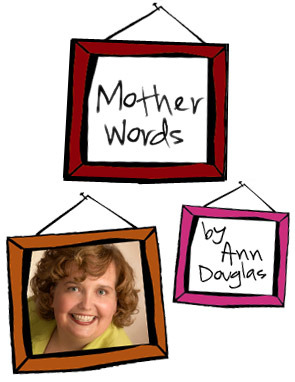Does your baby seem to have a head that’s flatter on one side than the other? Positional plagiocephaly is a term used to describe a baby’s flattened or misshapen head — usually on the back or one side — that may result from crowding within the womb or from an infant being placed in the same position for long periods of time. Find out more about babies and flat spots here.

The question
What can I do to prevent my baby from developing a flat spot at the back of her head? I’ve heard that this is becoming a growing problem now that babies are being put to sleep on their backs in order to minimize the risk of SIDS. – Priscilla in Tampa, Florida
The parenting expert answers
You already know how important it is to put your baby to sleep on her back in order to reduce the risk of Sudden Infant Death Syndrome (SIDS). What you might not realize, however, is that it’s okay for her to spend some time on her tummy during the day when she’s wide awake. This is because some infants who spend a lot of time on their backs develop a slightly flattened area at the back of their head — a condition that is known as plagiocephaly (“flattened head”).
The condition isn’t harmful to the baby and it tends to correct itself automatically once the baby gets older and starts sitting up more, but it can be worrisome to parents nonetheless.
Fortunately, the flat head condition can usually be prevented by ensuring that your baby gets some “tummy time” during the day, and by modifying the baby’s nighttime sleeping position slightly so that she will turn his or her head, so as not to sleep on the same part of the back of her head.
You might also want to change the location of the baby’s crib in the nursery, so that your little one will have to look in different directions to see the door, the window or a favorite plaything.
The Eunice Kennedy Shriver National Institute of Child Health and Human Development (NICHD) notes that more severe positional plagiocephaly can usually be treated successfully under a health care provider’s direction. Some options for this treatment include:
- A custom helmet that prevents the baby’s head from always falling to one side when lying down, and, most importantly, it allows the baby’s skull to expand into a more rounded shape as the brain and skull grow.
- Custom bands can also be used to help reshape a baby’s head. These bands place a small amount of pressure on the baby’s skull in the areas that need reshaping, and a health care provider adjusts the band regularly as the baby’s head grows.
Using these treatments, the flat spots typically go away in about two to four months.
More about baby health
Weird or bad baby smells may mean health problems
Your baby’s health and development: What is normal?
Baby health & safety at Pregnancy & Baby





Leave a Comment